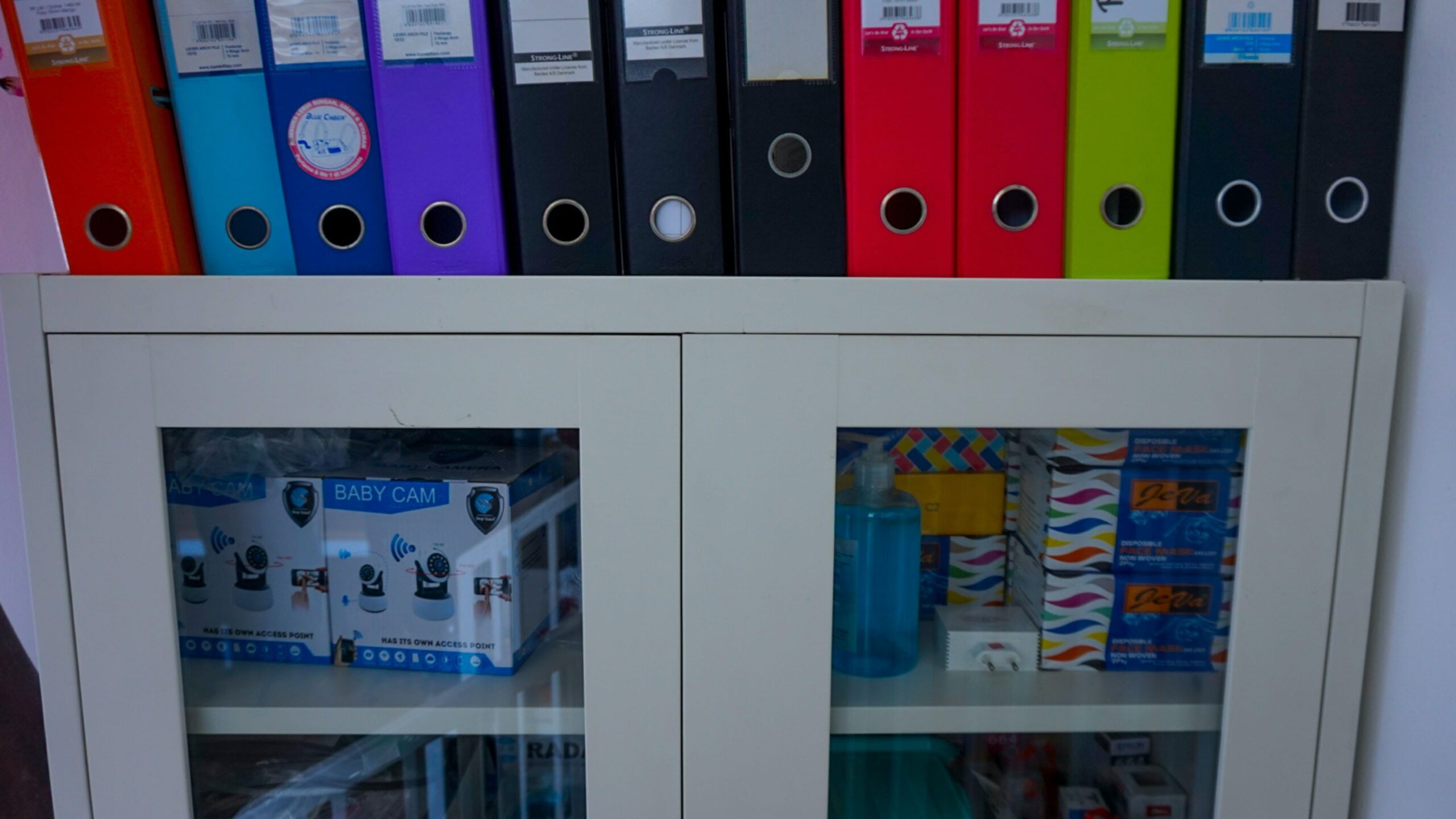
One of the most crucial — and perplexing — aspects of running a business is keeping track of your income and expenses. To an outsider, it seems easy.
But you know the sheer volume of transactions there is to track, the amount of info needed for each entry, and the different channels and categories you need to find them in.
Still, it doesn’t have to be complicated.
Why Learn To Make A Chart Of Accounts?
What you’re making is a categorized list of accounts, then assigning each of your transactions to a certain account or category. This is the responsible way to track your expenses and earnings.
There are accounting programs like Quickbooks, Wave, or Xero that offer you a generalized chart of accounts. This can make the process simpler, with one caveat. A general chart of accounts is excellent for getting started, but it typically won’t be effective over the long haul.
You need to know how to make a chart of accounts for yourself, to fit your particular needs.
What’s In A Chart Of Accounts?
Typically, small businesses need the following accounts:
- Expenses
- Assets
- Revenue
- Liability
- Equity
That’s just a starting point. A lot of the value lies in personalizing your chart of accounts to include categories that make sense for you and your company.
How Should Your Chart Of Accounts Be Customized?
First of all, consider that the chart of accounts provides a high-level overview of how money is spent in your company, so you should ensure that it makes sense to you first and foremost. If you aren’t in touch with the big picture, it’s likely you’ll become overwhelmed trying to make sense of your accounts.
Additionally, it depends on your company. It’s expected that two entrepreneurs’ charts of accounts will be different. Your company’s revenue and expense categories will be different from those of your neighbourhood auto shop or pizza place. Consider your business structure, your industry, and your business model.
With that in mind, let’s go over how to personalize both your income and expense accounts to get the clearest picture of your business’s finances.
You should tailor both your income and expenses if you want to get the clearest picture possible of your finances.
Create Your Own Income Accounts
Take a look at the goods and services you provide. If you work as a freelance writer, you can provide a variety of services, such as social media captions, ghostwriting, and copywriting. Each of these different services could be their own income account. Why is that important?
You’ll quickly see which services are the most and least profitable if you’re keeping track of distinct income sources. This knowledge will aid you in making the best choices when it comes time to adjust your prices, accept or decline clients, and reevaluate what you’re willing to sell.
Make Your Expense Accounts Your Own
The idea behind setting up expense accounts is the same. Most businesses incur the usual costs, such as those for office supplies, software, bank fees, website hosting, and upkeep.
In order to correctly track where your money is going, expense accounts can be as detailed as you need them to be. At the very least, align them with tax-deductible categories. This will make your life 10 times easier in tax season.
What Will Happen If My Chart Of Accounts Isn’t Customized?
Simply put, you won’t have an accurate sense of what’s happening in your company.
If your income entries are all piled together, you might believe a particular service or product is “doing well” because many people ask for it.
In reality, you could be barely breaking even despite being eligible to make so much more.
Likewise, you might never resolve that issue if you don’t separate your expenses; perhaps the cost of building your product/service is deceptively high, but fixable.
And of course, you’ll simply be forced to do most of these categorizations anyway — every year at tax time. If you get it done early, you can capitalize on that knowledge for the whole year and make more profit.
Can I Get Help With A Chart Of Accounts?
What if there was a way to simply express the nature of your business, then have a chart of accounts drawn up for you? Good news is in store for you.
To discuss how we can personalize your chart of accounts based on your income and expenses, schedule a free consultation call with us.
To first learn more about making a chart of accounts, watch the following tutorial.
Categories: Accounting, Bookkeeping, Business





